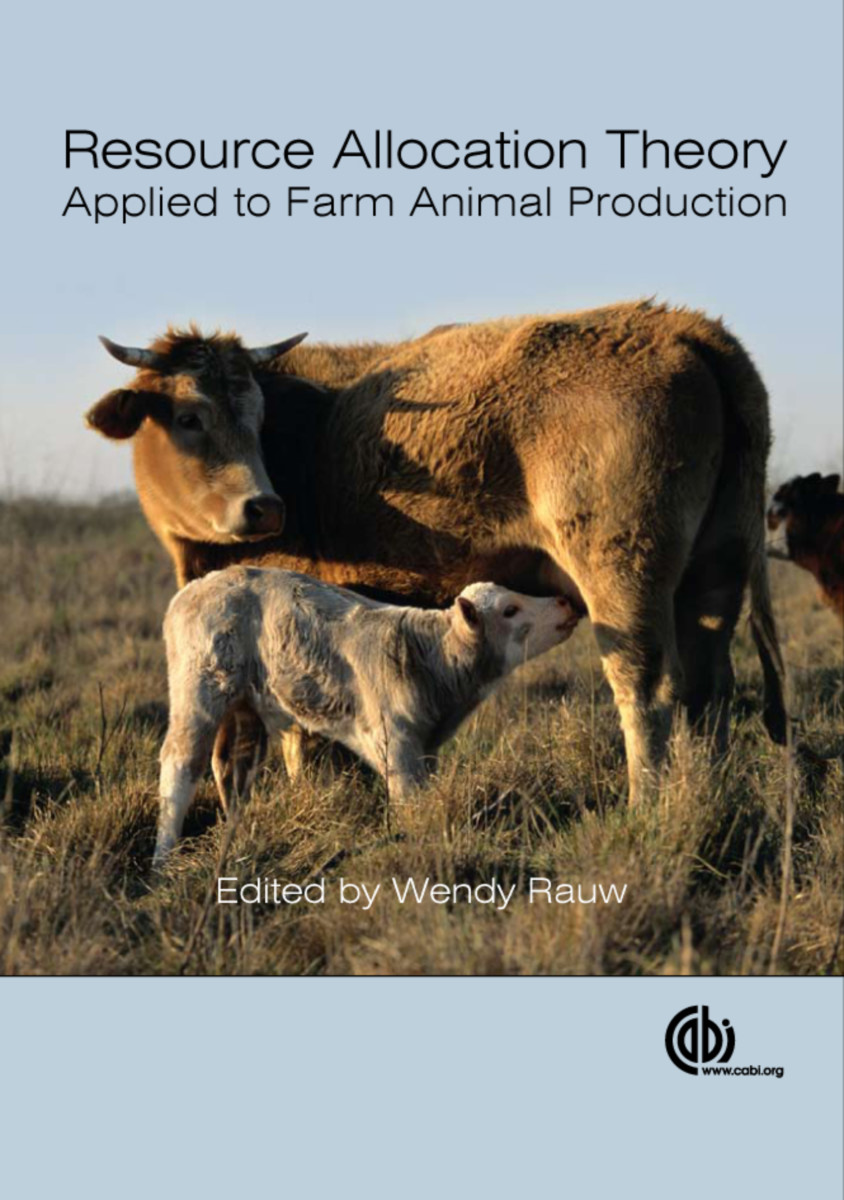Resource Allocation Theory Applied to Farm Animal Production
- Publisher
CABI - Published
8th December 2008 - ISBN 9781845933944
- Language English
- Pages 344 pp.
- Size 6.875" x 9.75"
According to the Resource Allocation Theory, an individual’s genetic potential can only be realized in an environment in which essential food resources are adequately supplied. This book describes resource allocation patterns in natural populations, the costs, preferences and trade-offs of maintenance, growth, reproduction and immune function, the consequences of selection for high production efficiency in livestock species, methods that can be used to quantify resource allocation patterns, and the application of resource allocation theory to improve animal production and wellbeing.
*Pluralism and Pragmatism in the Pursuit of Sustainable Development, E N Castle
*Global Environmental Value and the Tropical Forests: Demonstration and Capture, D Pearce
*Local Timber Production and Global Trade: The Environmental Implications of Forestry Trade, R A Sedjo
*Can Tropical Forests be Saved by Harvesting Non-Timber Products? A Case Study for Ecuador, D Southgate, M *Coles-Ritchie and P Salazar-Canelos
*Conflicts between trade and sustainable forestry policies in the Philippines, H W Wisdom
*Measuring general public preservation values for forest resources: evidence from contingent valuation surveys, J B Loomis
*Citizens, consumers and contingent valuation: clarification and the expression of citizen values and issue-opinions, R K Blamey
*Moral responsibility effects in valuation of WTA for public and private goods by the method of paired comparison, G L Peterson, T C Brown, D W McCollum, P A Bell, A A Birjulin and A Clarke
*Integrating cognitive psychology into the contingent valuation method to explore the trade-offs between non-market costs and benefits of alternative afforestation programs in Ireland, W G Hutchinson and S M Chilton
*Valuing tropical rainforest protection using the contingent valuation
method, R A Kramer, E Mercer and N Sharme
*The safe minimum standard appraoch: an alternative to measuring non-use values for environmental assets?, R P Berrens
*An economic-ecological model for ecosystem management, R Mendelsohn
*Application of a bioeconomic strategic planning model to an industrial forest in Saskatchewan, B Stewart and M Martel
*Incentives for managing landscapes to meet non-timber goals: lessons from the Washington landscape management project, B Lippke
*Perspectives on educating forestry professionals in an environmentally conscious age, J C Nautiyal


